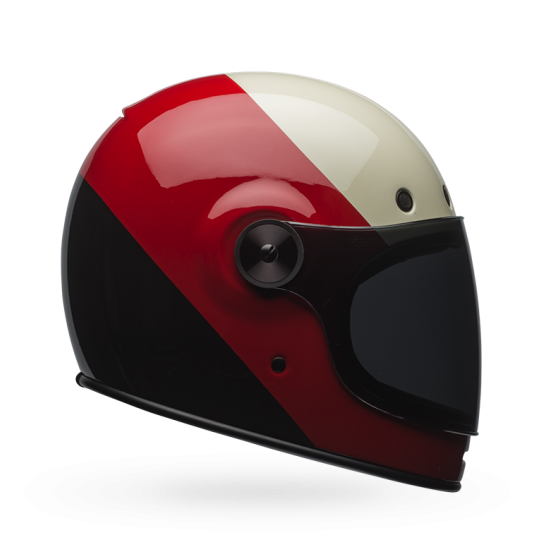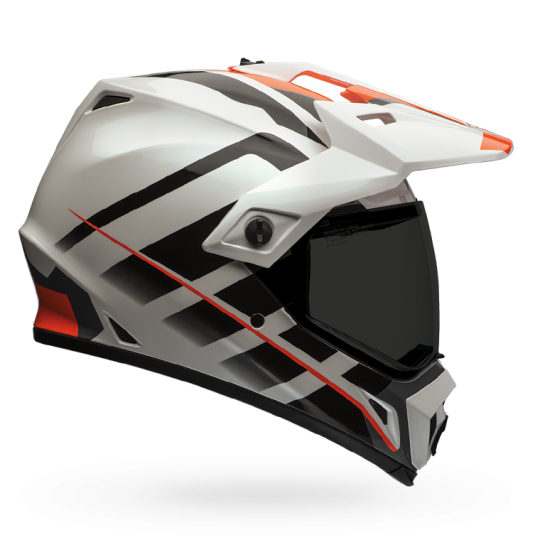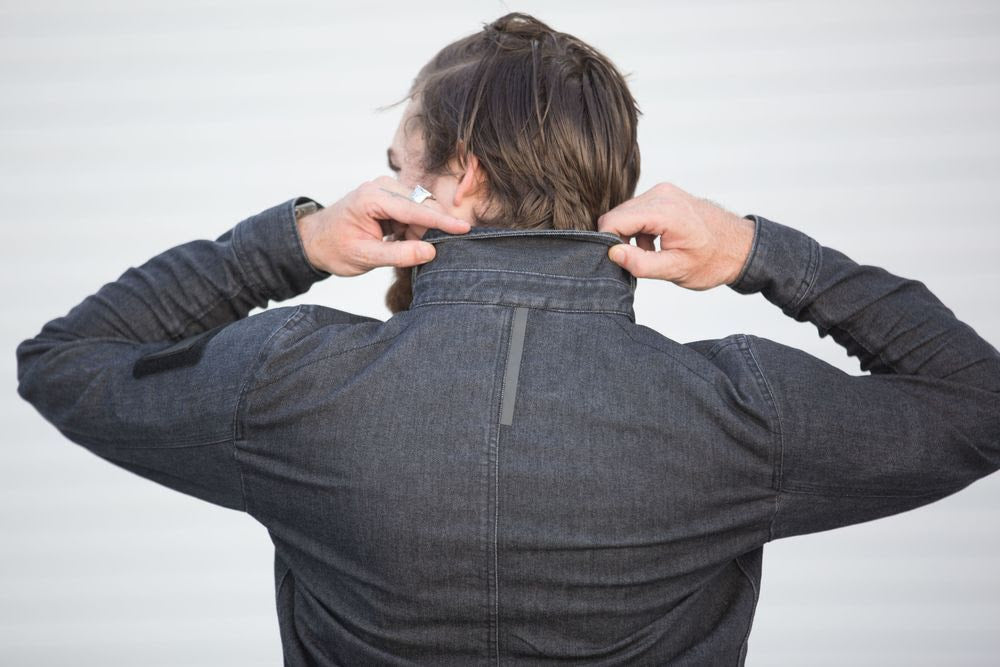
Helmet Cleaning and Maintenance Tips!
Your head is hands down the most important part of your body and thank God for helmets that protect it during an unforeseen mishap. Helmets also protect your face from debris and bugs and insulate your head and face from wind blasts. Although helmets are made to withstand heavy strains, they aren't going to withstand mishandling and abuse. Just like any other wearable, a helmet also needs to be taken care of, since most helmet problems arise from improper maintenance or lack of it altogether.
If your helmet is expensive, you are probably more likely to handle it better and take care of it. But if you aren’t doing it right, then you may be doing more harm than good to it. Even if your helmet is relatively inexpensive, it still needs the care so that it can do the job of safeguarding your head and face well.
Let’s talk about some cleaning and maintenance basics for your helmet-
-
Cleaning the shell and the visor: The first mistake a rider makes is to use cleaning agents like Colin or petroleum distillate on his/her helmet to clean the shell. Using glass cleaners or any ammonia-based cleaners on the visor and shell results in the ammonia breaking down the helmet’s polycarbonate and reducing it's integrity over time. Always use simple water or special helmet and visor cleaners. This will help to avoid invisible damage to your helmet, prevent paint chipping and save your visor's scratch-resistant and fog-resistant coatings.
Always use a soft microfibre cloth/ soft tissue, and avoid using abrasive materials to wipe the helmet shell. To clean the bugs, simply let a moist towel rest on the affected area for 30-60 seconds.
For the visor, you may come across instructions to dab clean the visor so that there are no swirl marks. This applies to visors without the scratch-resistant coating and/or if you don't have a soft tissue handy. Our preferred way to clean the visor is to simply wash the visor under running water, getting rid of the bugs and dust. Then use a soft tissue to wipe the outer side first and then the inner side.
Always carry a pack of soft tissues and a water bottle during long rides, to avoid improper cleaning of the visor if the need arises mid-way.
- Cleaning pin lock shields: Be extra careful while cleaning pin lock shields as they don’t have a scratch-resistant coating. Improper cleaning is bound to leave scratches that won’t be visibly prominent but will be enough to ruin your night riding. Simply wash and dab them clean with a soft tissue.
-
Inner liners and cheek pads: Most good helmets these days come with removable inner liners and cheek pads. Although most of them come with anti-microbial coatings to avoid odor, washing them once a while when dust collects always helps to make your helmet feel fresh and smell good. Avoid fabric softeners and harsh detergents as they damage the coatings and prevent moisture wicking properties. And hand wash them with warm water as much as possible. Do not use dryers and just let them dry out on their own.
If your helmet has a non-removable liner, then use internal sanitizers. Just spray and wipe clean.
- Wear a Balaclava or any liner: To prevent body oils and sweat from damaging the helmet liner, get into the habit of wearing a balaclava. It also helps prevent sweat from rolling into your eyes and lips while riding.
- Vents: Over time, you will notice that bugs tend to get stuck in your helmet's vents, blocking the air flow and ventilation, and making you sweat. Pressurized air is very helpful in cleaning them, as well as other methods such as the use of cotton swabs.
- Lubing any moveable parts: You might have noticed that in some helmets, the inner shades tend to move less freely over time, or the visor mechanism tends to become squeaky over time. Lubing all the moveable parts with any good lubricant will keep them moving smoothly and ensure their proper functioning.
- Storage: Allow your helmet to dry out after a ride for at least a day to let the moisture escape, thereby preventing odor. Use some spare silica gel packs while storing the helmet in your helmet bag to keep it moisture and odor free.
- Hydrophobic sprays for visors during rains: One of the most annoying experiences is water droplets on your visor. One doesn't want to use gloves to wipe them clean as that tends to scratch the visor over time. Use a good Hydrophobic spray to keep your visor free of water droplets.
- Avoid leaving helmet locked out along your bike: Leaving your helmet exposed to bare elements is never recommended. Not only does it invite thieves (!), but your helmet also just sits there collecting dust and getting degraded faster.
Treat your helmet with utmost care and respect and it’ll surely return the favor when the need arises. Wish you all safe riding!

